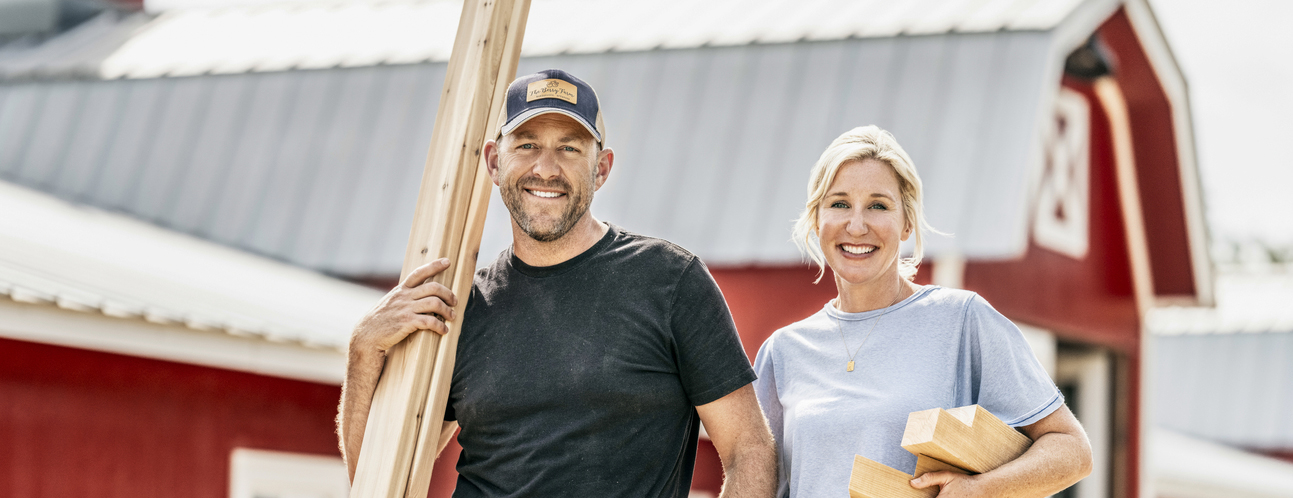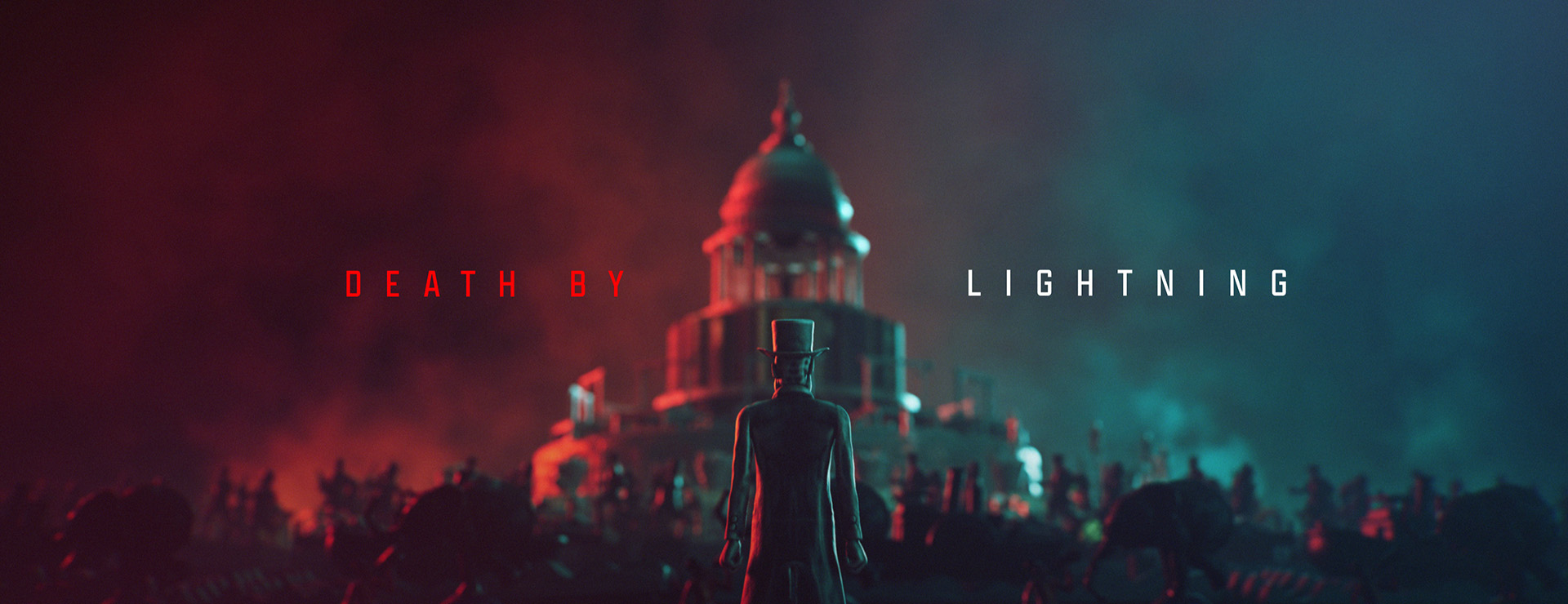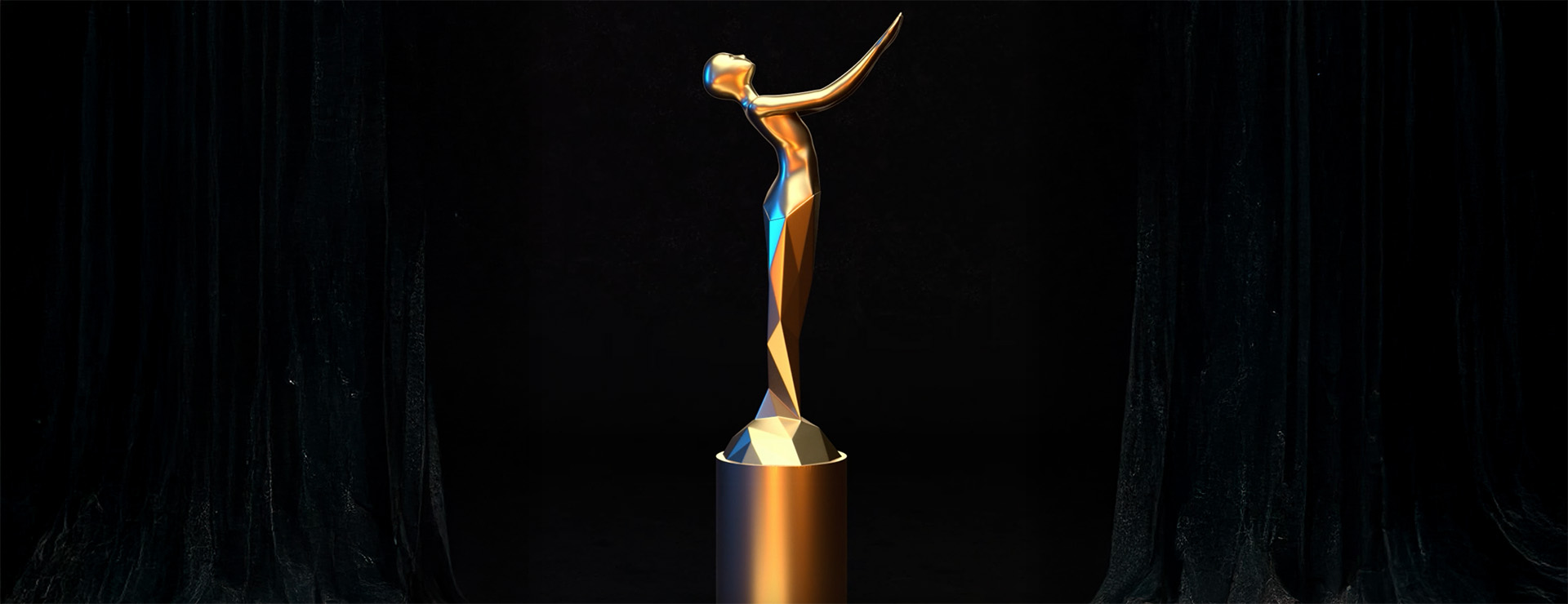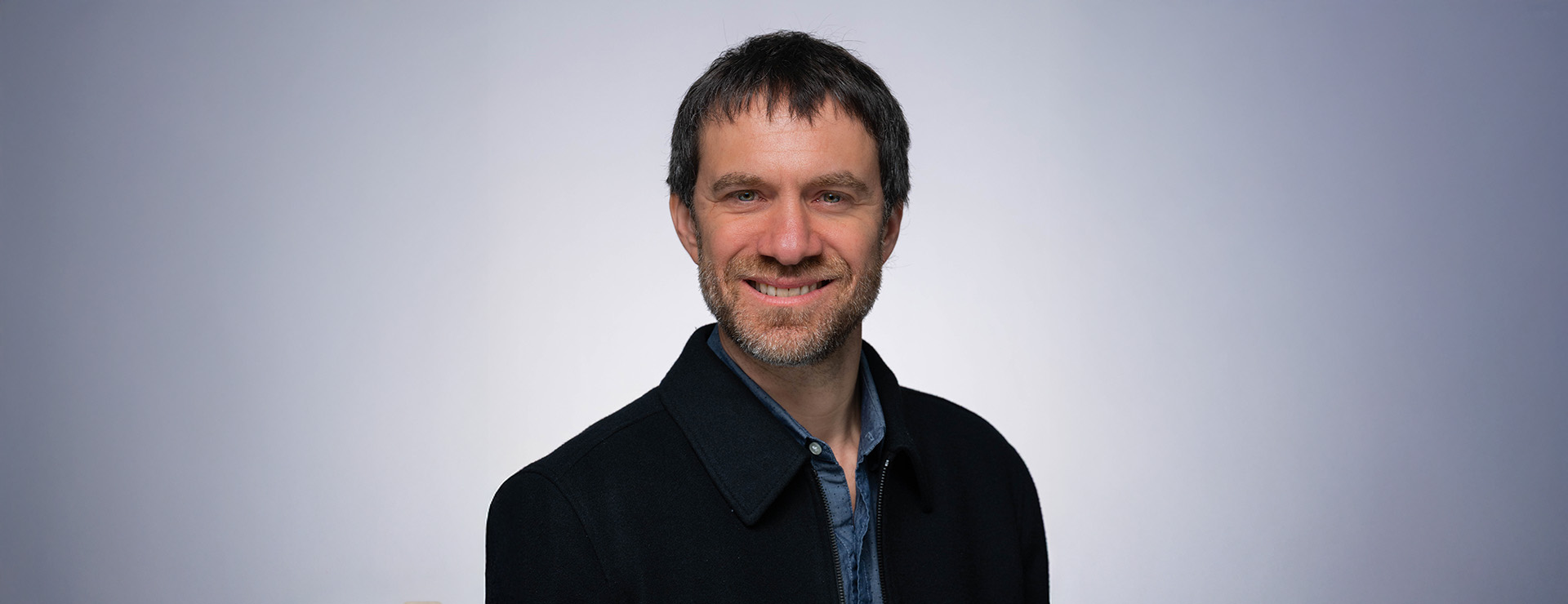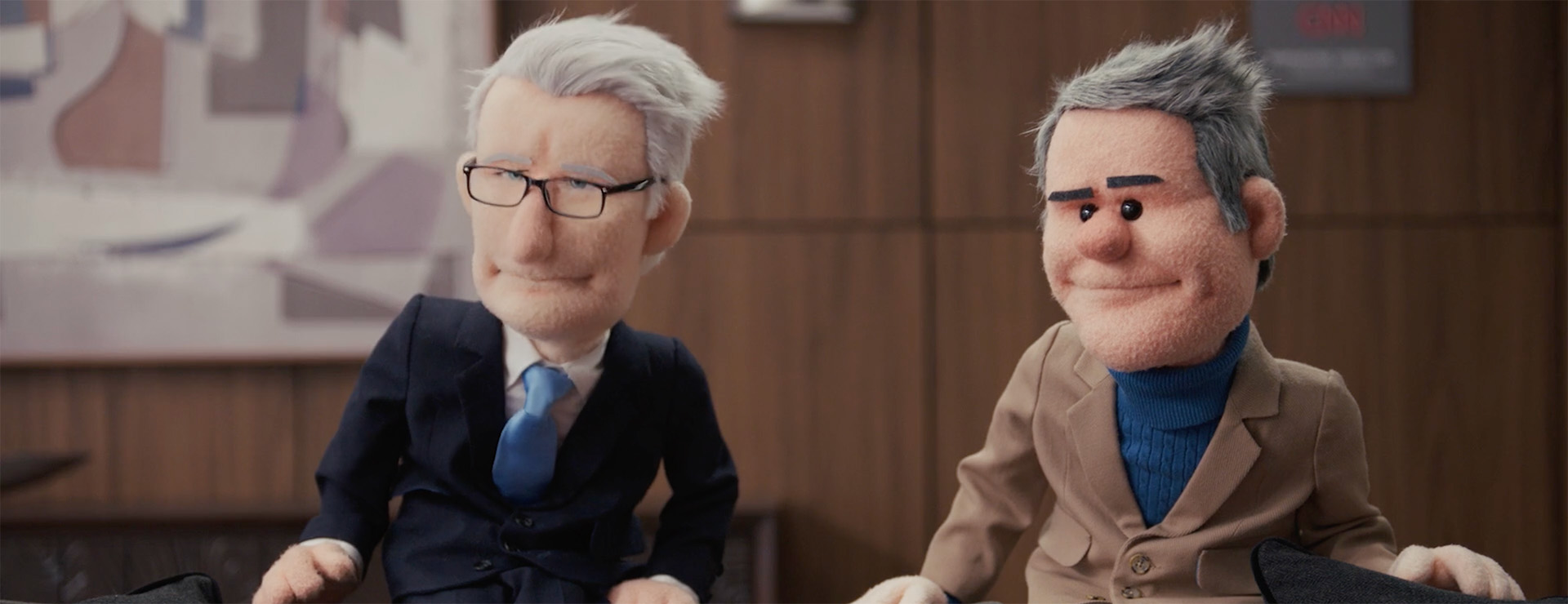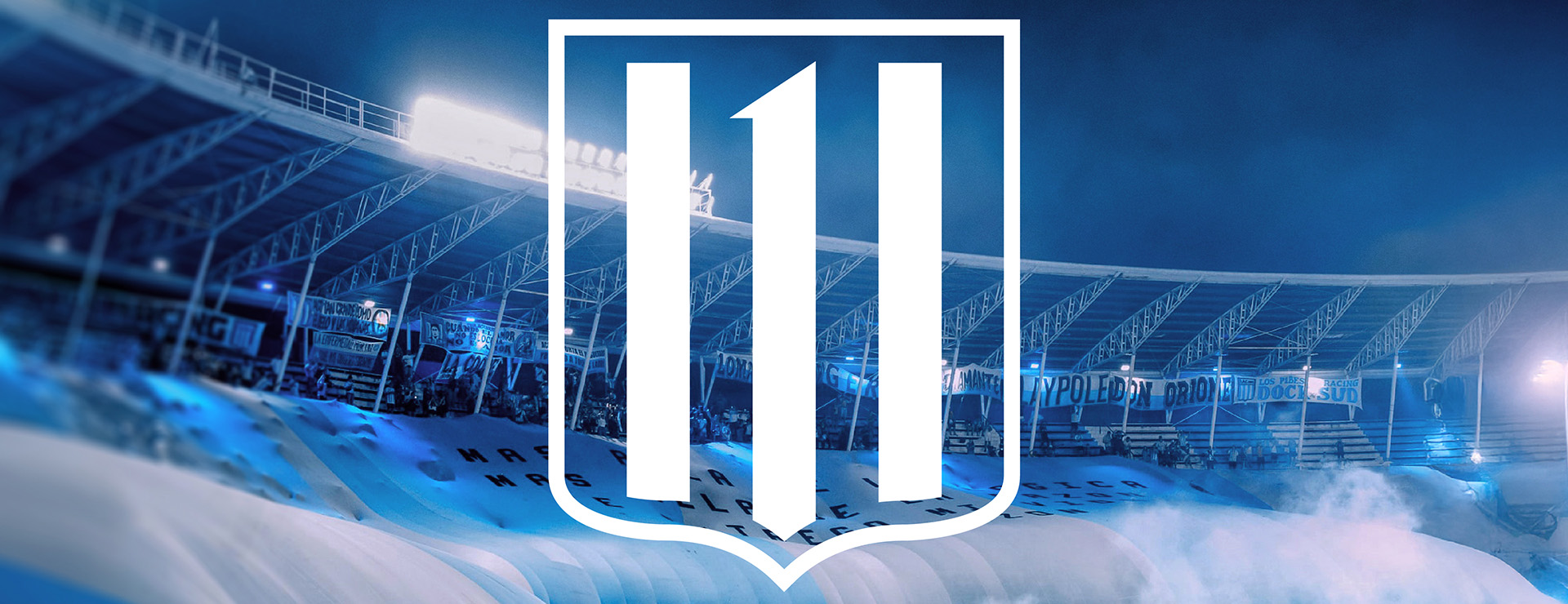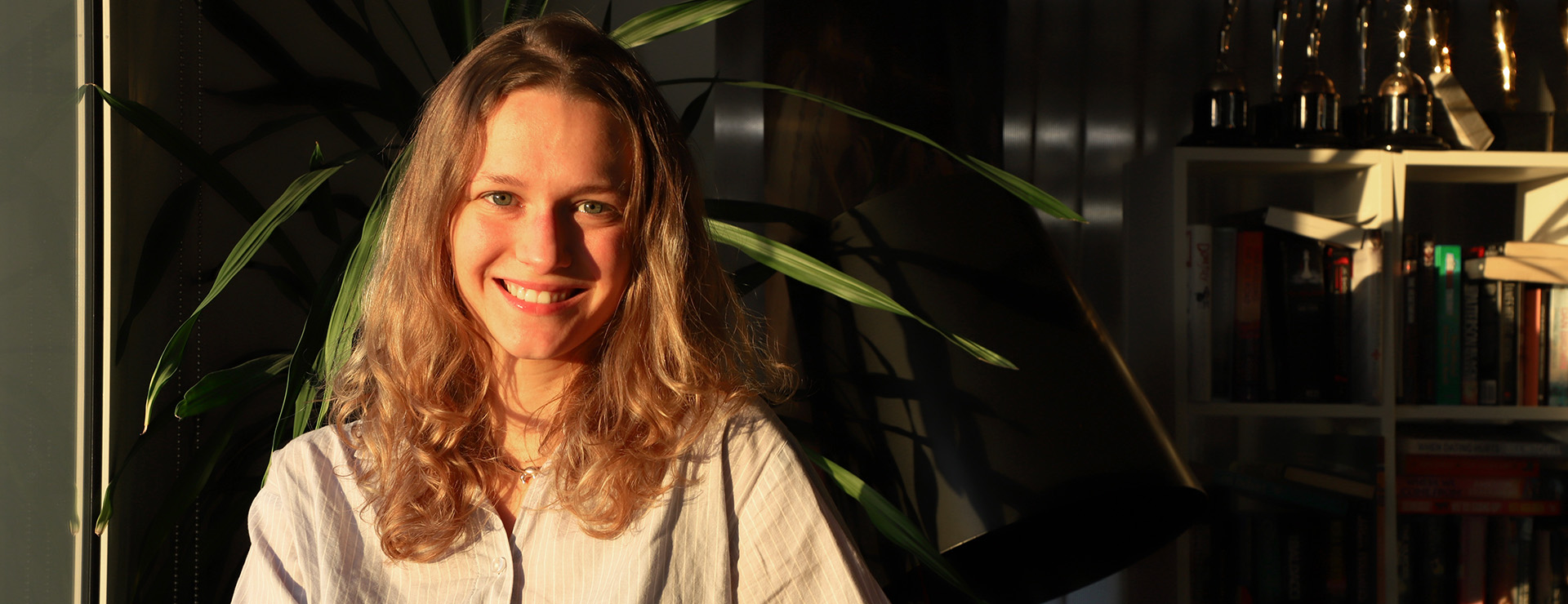Michael Vamosy has always been about more than just the brief. Throughout his entire career – which has led him through gigs at FX, Fox, Buster, Starz, Stun (now Known) and his own past creative shop, Vivid Zero, in partnership with data-focused research firm Smith Geiger – Vamosy has worked to defy norms to the advantage of his clients. Now Vamosy has taken that philosophy and put it into the name of his new Venice, Calif.-based agency, Defiant.
Vamosy joined Spotlight to talk through the evolution of his creative thinking, why he split off from Smith Geiger to launch Defiant and where he sees all of this headed.
Spotlight: Why did you name your new agency Defiant?
Michael Vamosy: Defiant was one of the names that I wanted to name the agency when I previously teamed up with Smith Geiger, and they were like, ‘it sounds like you're going to argue with clients.’ And I said, ‘yeah, in the greatest way possible.’
Let's challenge the brief. Let's challenge what they want and deliver what they need. Let's make sure that together we are defiant and then we can make it stand out. In a sea of sameness, we choose to rise above.
“Make It. Stand Out.” is also our tagline, by the way.
That's always been my approach to things. How do we look at how others are doing it? Why are they doing it that way? And why can't we do it in a better way? It's the antithesis that we want to embrace. And it's funny, as we’ve renamed this, there have been so many people who called me up and been like, ‘oh my goodness, that is your name.’ I’ve always been Defiant.
Spotlight: Why did you decide to split off from Smith Geiger? And are you still involved with Smith Geiger or are you fully departed from them?
Vamosy: We're fully departed and not connected in any way. I think they are fantastic at what they do. They really let creatives do their job and that was the reason I was attracted to them in the first place. I just feel we're not seeing a lot of connection between the data and the creative or creative folks who want to work with the data.
When we first launched, one of my clients, in a fun way, was like, ‘we're absolutely going to go with you guys, but never make me sit through a three-hour data meeting.’ We just saw less and less of the connection between data and creative.
It's not that I don't believe in it. I think there's real value to it when we can get people to embrace it. But I don't think a lot of our clients’ marketing departments are as connected to it.
Spotlight: That flies in the face of everything I've been told for however long I’ve been doing this.
Vamosy: I mean, listen, I find real value in it. We just launched a rebrand for a nonprofit organization that was called Interfaith Ministries of Greater Houston. And all of the brand work, the data work, told us ‘don't mention religion.’ I looked at them and said, ‘if you guys are interfaith ministries, meaning all faiths are welcome, why do you have to mention it at all?’ So we rebranded them. It's now called IM Houston. And their tagline is, ‘I’m the Good We Do.’
We looked at a way to position them that was almost this volunteer “T-shirt first” mentality – when you're volunteering in your city and I’m helping, I’m welcoming new neighbors, I’m feeding the elderly, I’m part of my community. This mentality of you're doing something greater than yourself, but it’s non-denominational, non-faith based – we’re still taking that legacy connection, but we’re also pulling that through that feeling of, here's my T shirt. I helped out.
These guys really embraced the brand strategy that we set forth. It was based on some of the data that we worked with, but it was really more about using the data to connect to the emotional drivers. And to defy the norms and push the brand to its full potential.
Spotlight: Do you think people have been relying too much on data to determine the creative?
Vamosy: I think a lot of the rooms that we went into with data found folks who were looking for absolutes, or the translation of what's absolute to what's creative. That’s where there’s a major disconnect.
Spotlight: In terms of disconnecting from Smith Geiger, was that more about you wanting to be more in control of what your agency was doing and who you were working with or what was the need to go off and be on your own?
Vamosy: I really think it's more to do with the media landscape that we're in. We are looking to expand and invest more into sports, in new innovation, in new places and find new avenues as media shifts, changes and evolves. And Smith Geiger is rightfully focused on their data business needs.
Going back to data, we were looking at 98 out of the top 100 broadcasts last year and all of them were sports. That tells us something. How do we get more connected to sports, and how do we work directly with athletes?
With our connection with Jake Paul and his manager, Nakisa Bidarian, we worked on the Jake Paul vs Canelo Alvarez fight. We started developing some fight concepts, well in advance of it being announced. As that fight started to materialize, we were already in development on the creative concepts and campaigns.

Then Canelo inked a four-fight deal with Riyadh Season and the rug got pulled out from underneath Jake and his team.
But having those relationships and being able to find new projects and new innovative experiences where you can look at tying together creative to the extensions into social, the marketing, the experience, and start to build new worlds with content, socia, and experiential working together really got us into working with teams and the NIL [Name, Image, Likeness] space.
Spotlight: NIL is shorthand for allowing college athletes to participate to profit from their personal brand, correct?
Vamosy: Yes. We see a lot of potential value there. We're working on new initiatives and investing time to help develop that. I don't think the path to revenue is quite there yet. I still think there's work to be done in attracting more of the brands and setting up platforms and systems that can work. I think the path to revenue is a couple different things, and we're working to harness the power of what the NFL has done for Sundays. We're looking to see if we can use the power and the benefits of colleges and universities and their connection to communities, to really align their brands with those teams, universities and players at a bigger level, and perhaps even more so than an NFL team could. You didn't go to the Denver Broncos, but you may have gone to Michigan, or you may have gone to Kansas or Syracuse, and you have this connection to it and this passion for it.
When we look at setting up these new initiatives, it's taking into account a lot of those emotional drivers. How can we bank on those emotional drivers for brands, and then also start to align to a younger demographic who is really elusive to these bigger brands? How do you get to them? They go to a lot of influencers, but young sports influencers need guardrails and support in order to perpetuate these campaigns in bigger, more connective ways.
Spotlight: In some ways, entertainment marketing has become more like production because you are having to develop and produce content and feed it to multiple platforms.
Vamosy: It's trying to find your next project by putting an idea in front of networks and streamers that they didn't even realize was there yet. It's a hard hill to climb and it's going to take time, but we also need to maintain the clients that we have now, and help them grow into the future and always reach further than the deliverables list.
Here's an example we're trying to do: We work with Arizona State basketball. We came up with a concept of a basketball tournament that has a special component to it. We brought that to a broadcast partner and they were very interested.
We’re also talking to a big energy drink brand about this. How can we start to pull those threads together? We're not necessarily going to go into the business of producing a basketball tournament – we'll leave that to our broadcast and streaming partners to put that together. What we really want to look at is how we can do the branded integration? How do we do player profiles, coach profiles, team profiles, and how do these authentic commercials inside of the broadcast start to connect you more to the teams and the games you are already watching?
This scenario is about how we can make more of these synergistic connections so that viewers are more engaged, more vested in each of their favorite teams. I think there's real value in that where you're making it more than a game. You're deepening the connection through the engagement. You have more than just five or six commercials from one brand in a spot, you've got more of a journey in which you lead up with marketing and promotion, then you have the game and a mini-tournament itself, and you have more interaction during the broadcast.
So we're looking at different ways to put that type of stuff together. The best jobs I ever had were the ones that never existed. Taking that to clients and showing them how to connect those dots is really appealing and interesting to us. It is a lot of work, time, and effort too.
Spotlight: In terms of existing clients, what are you guys up to?
Vamosy: We’re rebranding Scripps News Network Stations right now. We're looking to continue our innovative design and thinking that we did with the ABC owned-and-operated stations, Griffin Media, Hearst, and others. We also just completed a rebrand for ABC News Live.
It's our same team that we were before we became Defiant, and we’re taking that mentality to heighten engagement. It’s not just about creating pretty graphics packages, although that's part of it. It's about how we really give our news partners opportunities to engage with viewers more deeply as well as give them more platforms to bring in sponsors.
We think weather is a really good opportunity to do more sponsorship, more seamless integrations, and more stuff that doesn't feel like commercials. Weather is becoming more of the ‘news’ itself. It's definitely one of the biggest driving factors that we see on local TV and it's one of the things that I don't believe is going to go away.
Spotlight: Beyond sports and local, what other areas would you like to focus on at Defiant?
Vamosy: We just did a big sports package for Roku. We used a lot of AI in the actual development and final delivery of the workflow within that package. The Roku creative team came to us with their cool flat 2d graphic illustration of very simplified silhouettes. They asked us to explore the “Motion Theory” and what we were able to do is dive into that and create this:
Spotlight: So that’s really cool, but you could have used animation to do that before, right? You are just using AI to speed the process.
Vamosy: You said it right there. That's the vibe. You're speeding up the process, right? What I love about AI is that you can use those tools to help get you there faster. But if the tools become the story, you’ve lost your purpose.
Spotlight: I think what's really interesting about you is that even though it may look like you are just doing a rebrand with graphics, a palette, a font, etcetera, you are always behind the scenes thinking about “what is the business imperative of this? How is it connecting with viewers?” I’m not sure that’s how everyone approaches those types of projects.
Vamosy: We definitely are pretty strategic about the stuff we do. We want to make sure, that one, it has impact. And two, it pays off for their business, selfishly, so they keep coming back to us.
Repeat business is our goal. We are in it to build relationships. We want to go above and beyond every time so we can to really make sure that we are doing more than just the list of deliverables we were paid to do.




